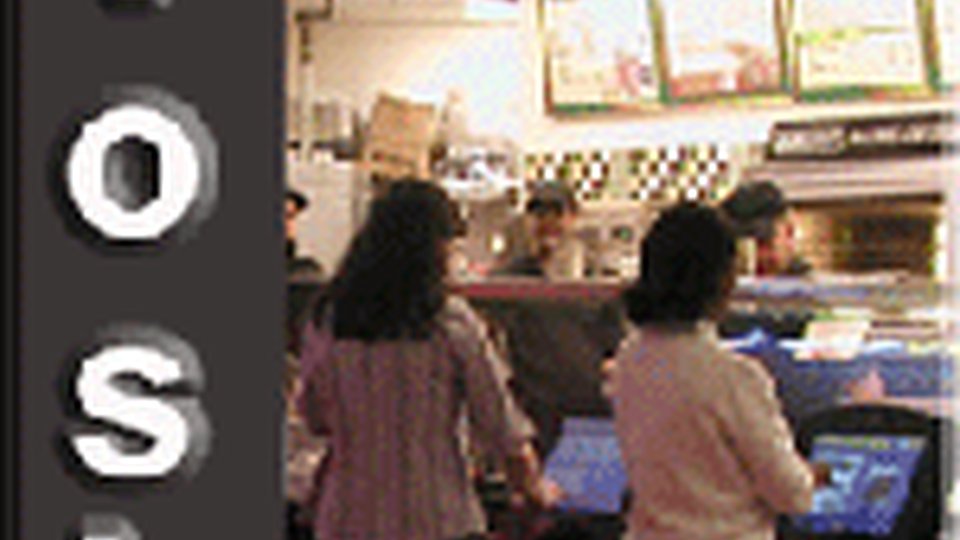Article
Are kiosks the future?
In late November, Subway had Pro-Tech install several touchscreen ordering kiosks in the Vanderbilt Children's Hospital in Nashville.

January 8, 2006
In late November, Subway had Pro-Tech install several touchscreen ordering kiosks in the Vanderbilt Children's Hospital in Nashville. The location was already successful by anybody's standards, processing 130 sandwiches per hour at lunchtime.
Pro-Tech president Peter Kaszycki said the store manager was skeptical that the kiosks would have much of an effect on business.
"We told him, 'When we put this kiosk in, we're going to give you more orders than you can handle,'" Kaszycki said, "and he was like, 'Yeah, sure.'"
Almost immediately, though, traffic for the average lunch hour jumped to 217 sandwiches. The manager had to immediately add a second food line to handle the increased volume — a problem any restaurant manager would like to have.
Of course, nobody sells just one kiosk to one location of a company like Subway, which franchises 24,000 locations worldwide. In Oct. 2005, after extensive negotiation, Subway chose Pro-Tech as its global kiosk provider.
Kaszycki said Pro-Tech is also talking to other prominent QSRs like Arby's, Jack-in-the-Box and the Yum! Brands chains.
Spending money to save money
Alan Guinn, a restaurant business consultant, said kiosks can replace rude employees.
"In both QSRs and fast casual, you really and truly hear a lot of things behind the counter you shouldn't here, and this is not targeted at any one restaurant," he said. "I've heard this across a variety of operators: Employees talking to other employees about parties or issues going on. Customers standing in line find that to be offensive."
Guinn said kiosks give customers a friendly experience.
"One of the things a kiosk does is it scripts the customer," Guinn said. "The scripts that you put in the ordering process can always be courteous."
Restaurant consultant Kevin Moll said that an increasingly competitive business is driving owners and managers to turn to technology for help.
"Quality locations are few and far between," he said. "Co-branding, smaller buildings and unconventional avenues of generating revenue are taking place all around us as a result. At the end of the day, each dollar looks the same regardless of where it came from."
Subway isn't the only QSR chain experimenting with ordering kiosks. McDonald's, Burger King and Arby's have all tested the waters. What remains to be seen, though, is just how much money the kiosks will save the companies.
The increase in traffic at the Vanderbilt Subway is not surprising, given that "sandwich artists" no longer have to spend time listening to customer preferences, trying to remember to upsell the combo meal or checking their promotional materials to see whether or not today is Free Cookie Day.
It's easy to extrapolate some profound increase in profitability from the anecdotal numbers gathered so far, but experts agree that it will all be for naught unless the kiosks are designed and implemented properly.
Getting the details right
Allowing customers to still order from a human being if they want to — will be important, said Paul Monahan, president and chief executive officer of software firm EMN8, which provides touchscreen ordering and loyalty systems. He said that for many of his clients, as many as 90 percent of orders go through the self-service system.
"For the most part, we recommend that a store always keep one cashier on duty to assist any guest that desires to order the traditional way, and then leverage the EMN8 self-service solution to help other guests who are comfortable with technology. We believe this allows for the most effective management of burst traffic during peak periods."
Kaszycki agreed that a human touch is still needed, particularly in the first few weeks of a rollout. His company recommends that the restaurant use a greeter for at least two weeks, gently introducing customers to the new tech while reminding them that help is just a few feet away.
He said that in a very short period of time, people not only become accustomed to the new system but also become ad-hoc evangelists for it.
"A funny thing happens after the first few weeks, once the greeter is pulled away," he said. "New customers that have never used the kiosk before watch other repeat customers at the kiosk, and the fear of using it goes away. In fact, experienced kiosk users are more than happy to help out other customers if they get into problems."
Kaszycki said he sees "strong but not explosive growth" in this area in 2006, with the real growth beginning in 2007.




